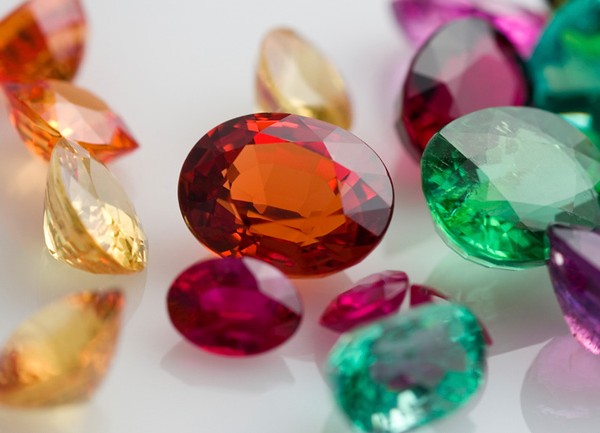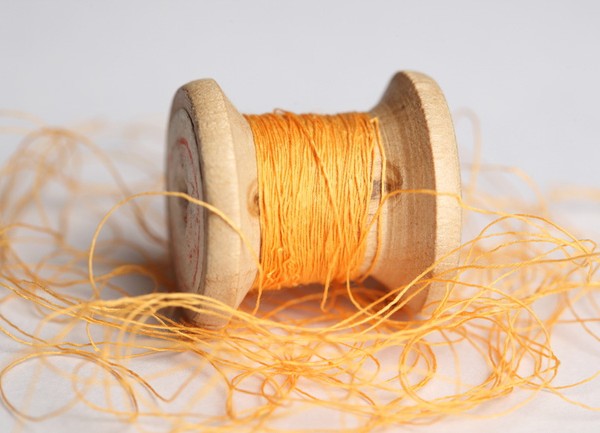Tips on Buying Gemstones

Gemstones have been sought after and treasured throughout history. They have been found in ruins dating several thousand years. They are valued as gifts symbolizing love. Generally, the price of any gemstone is determined by: size, cut, quality (color/clarity/treatments), and type. Here are some questions to ask about quality: Has it been treated? Is the stone natural or synthetic? Are there any noticeable scratches, chips or inclusions? Is the color even throughout the stone? How good is the color? (Is it vivid?) If you are buying the stones for earrings or cufflinks, are the stones well matched? There are many ways that dealers treat gemstones. The savvy buyer asks lots of questions and hopefully tests the results. Here are some treatments to look for: Irradiation: It is common to irradiate Aquamarine, London Blue Topaz, Emerald, and Diamond as well as other stones. This treatment brings out color and removes imperfections. Many dealers know if the stones they are selling have been irradiated. Honest ones will tell you if they are aware of the treatment. Heat Treatment: Amethyst, Aquamarine, Ruby, Tanzanite and Topaz are often heated at high temperatures to enhance color. Dye: This is the most common treatment used. On clear stones, dye may be visible in cracks that are darker than the rest of the stone. Sometimes dye appears as a residue that rubs off or white patches. Lapis and Rose Quartz are commonly dyed. Amethyst and Citrine are often dyed. Black Onyx is permanently dyed in normal processing. Coatings: Jasper is often dipped in petroleum products to bring out color and to seal it. Emerald is oiled; turquoise is waxed. Fake stones: Some dealers will try passing off fake stones instead of natural ones. There are fake stones for most gemstones on the market. Always ask what stone something is if you are not certain. Honest dealers will tell you. If a stone looks too perfect it may be fake, irradiated or dyed. I avoid Laboratory made products are known as synthetics. Tips on buying beads: Good sized holes (so can use a stronger thread) Evenly shaped beads (as appropriate) If the beads are being sold in a 16″ strand — I make sure it is 16″ — not 14″ or 15″ if possible. Look for the best quality stone (if buying real stones) Make sure beads are not cracked or chipped by the holes as this tears the thread Good color (so can create harmonious necklaces and matching...

Here are the major stringing materials along with how and when to use each of them. SILK THREAD: Silk has a wondrous “hand” (a soft, flexible feel). This thread comes in many sizes and colors. It comes packaged on spools, and “carded” with an attached needle. This is a classic stringing material and forms beautiful knots between pearls and beads. But, silk tends to be relatively fragile. It can stretch, be cut by abrasive beads, rot when wet, and pearls strung on silk should be re strung every few years. It is best to use silk when stringing pearls and lightweight, smooth-holed beads, only. A needle is necessary. NYLON THREAD: (Nymo): This thread also comes in many sizes and colors. It comes packaged on spools, on bobbins, and “carded” with a needle attached. Nylon can be used where-ever silk can and is not as fragile. This material knots beautifully and can be used for pearl stringing, in some strung jewelry, seed beadwork, loom weaving, for Peyote and other specialty stitches, and heishi. Nylon stretches much less than silk, and it won’t rot when wet. Like silk, you shouldn’t use beads with sharp edged holes or that are heavy. When you use nylon thread, I would recommend you coat your thread with bee’s wax or “Thread HeavenTM “ before use to prevent it from fraying. A needle is necessary. BONDED NYLON: This is a much stronger form of nylon thread. The strands are physically bonded together for extra strength and abrasion protection. Although it knots well, it doesn’t have the “hand” of silk. Bonded nylon comes in a variety of colors and smaller spools. Because of its abrasion resistance, you can use it with “hard”, more abrasive gem beads; in fact this comes close to being a “Universal Thread”. Brand names include: “Stringth” or “Silkon”. A needle is necessary, although you can put “Super Glue” on the end to form a “Self-needle”. This is a favorite beading material of mine. FISHING LINE: This material is a hard, semi-rigid, single strand of plastic. It doesn’t knot well, and in time sunlight or ultraviolet light can cause it to weaken and fall apart. Fishing line is purchased on small spools and is sold in sporting goods stores. Personally, I use fishing line for two purposes. I use it to do my preliminary stringing while I am designing a necklace (I transfer the beads to a better material for the final product), and to string together “raw” strands of beads. There is no needle necessary. I would never use this material for a final beaded...





